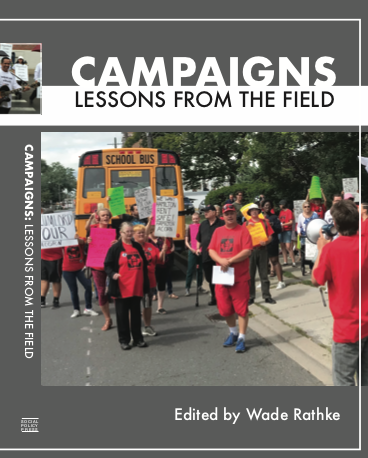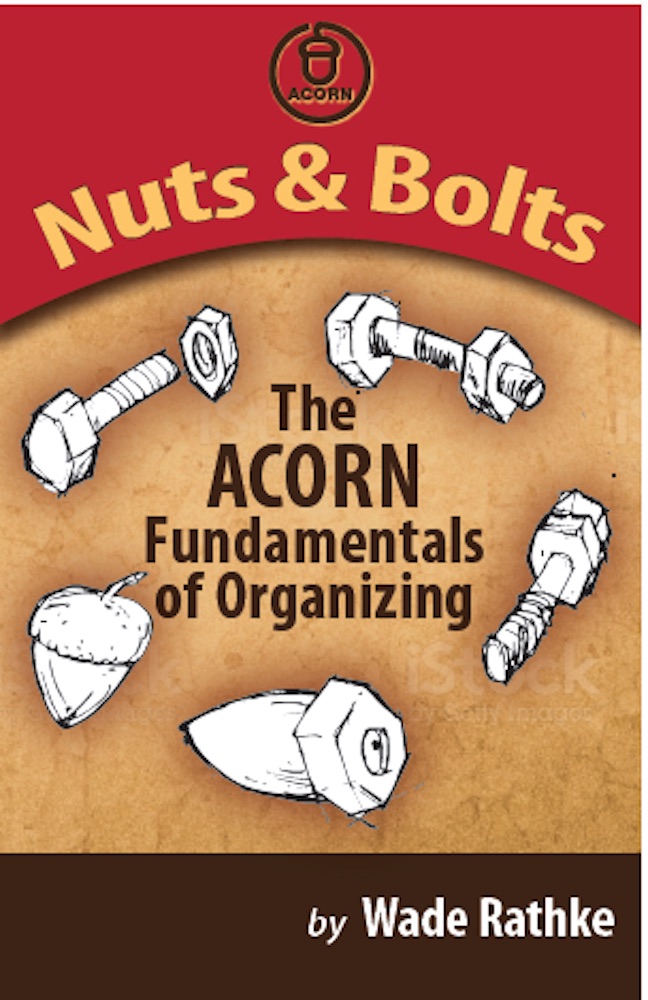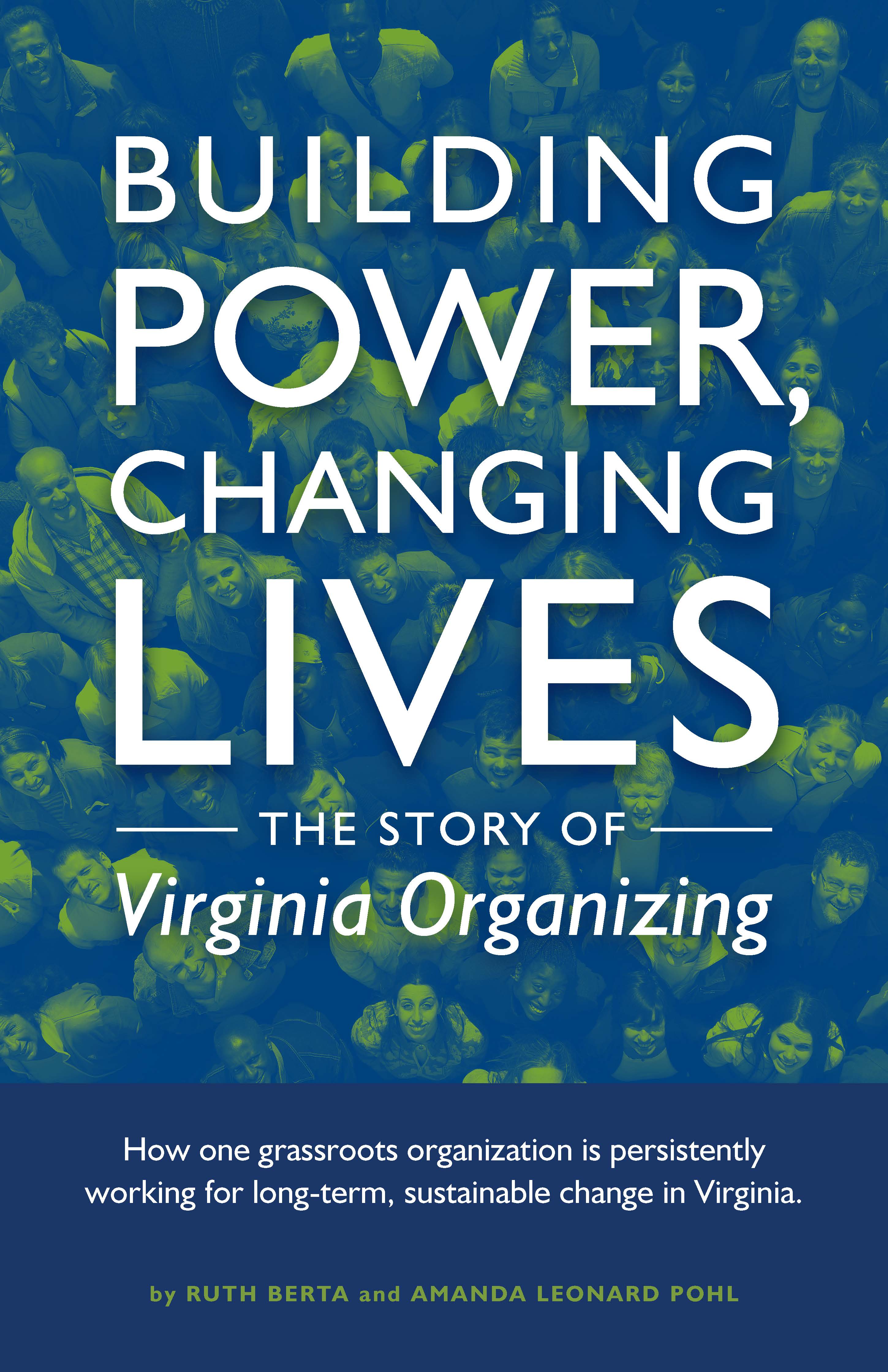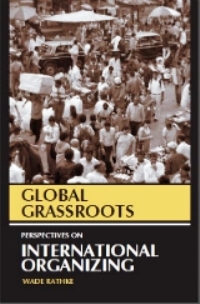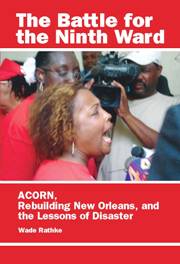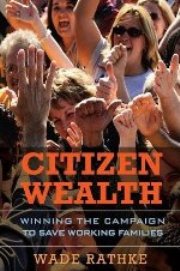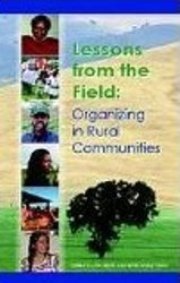EXCERPT - The First Time as Tragedy, The Second as . . . History
Written by Felicia Kornbluh
On Reproductive Rights and Justice, from Home to the World
The morning after the cerebral hemorrhage that would take my mother’s life, I was with my closest family members in our Saturday best, trying to compose ourselves as an audience for my nephew Eli’s bar mitzvah. My mind wandered to the scene in synagogue about thirteen hours earlier: Eli, insouciant in his suit, my sister Rebecca and me returning to our seats after lighting Sabbath candles — that pointedly female responsibility in Jewish practice that we did only awkwardly, mumbling the Hebrew prayer. My mother, Beatrice, leaned over to kiss my sister. Then she started to leave.
By early Saturday morning, my mother was on life support, her brain mostly washed away like a cheap but utterly irreplaceable hard drive. My spouse and brother-in-law were at her side, not expecting a miracle. We wondered if the bar mitzvah should continue, but the rabbi and cantor told us to proceed. Apparently, in Jewish law, if a wedding and funeral party meet at a crossroads, the funeral steps aside for the wedding to pass: joy wins. The future over the past.
Karen, my older sister, leaned across to ask my father a question: “What’s that organization Mom was part of? The one that legalized abortion in New York? The Professional Women’s Caucus?” My father, who was not having the best morning of his life, was game, nonetheless, to talk politics. “I think that was what it was called.” I stared, first at Karen, then at Dad: what were they talking about? I am a professional historian. I teach and write about women and gender, law, and movements for social change. My mother legalized abortion in New York? On top of my hollow grief, I couldn’t believe that I had never learned about this part of her life. And for about twelve hours it had been too late to ask.
The conversation that started that morning set me in motion. I learned that the leaders in the abortion-law campaign in which my mother did, indeed, participate were the National Organization for Women (NOW), Planned Parenthood, NARAL (today, Reproductive Freedom for All), as well as smaller groups from the radical wing of the women’s movement – although not, as far as I can tell, the Professional Women’s Caucus. I learned that New York was the national leader in liberalizing abortion law, leapfrogging over other states and setting the stage for the Supreme Court to act in Roe v. Wade. And I learned that this was in fact the real story of how abortion ceased to be a crime in the United States: not a march through the courts but a contested call-and-response between grassroots activists and officials at the local and state levels who were for over one hundred years the ones who made public policy on abortion. Only at the end of a long process of change did activist lawyers take to the courts, including ultimately to the United States Supreme Court.
As I studied the history of reproductive rights, I stumbled onto the story of a second woman I knew: My family’s neighbor for nearly a decade, on the other side of the hall in our Manhattan high-rise, Dr. Helen Rodríguez-Trías. Rodríguez-Trías was an effective activist, a female Puerto Rican physician at a time when that made her an extreme outlier, and eventually the first Latina head of the American Public Health Association (APHA). She represented APHA at an historic United Nations conference in Egypt that repudiated post-World War Two policies of “population control,” which tried to entice or coerce poor people into having fewer children without otherwise improving their lives.[i] She built the foundation for this work in New York in the 1970s, when she co-founded the Committee to End Sterilization Abuse (CESA).
Dr. Helen Rodríguez-Trías saw sterilization abuse as an invidious form of population control that was happening every day in the United States, targeting Puerto Ricans who were U.S. colonial subjects, as well as Black women, Latinas, and Native Americans on the U.S. mainland. Women’s health, she argued, was endangered most of all by “poverty, violence, joblessness, homelessness, lack of control over our lives or those of our children.”[ii] A political agenda that included legal abortion and birth control, which let people refrain from having children but didn’t enable people to have children and raise them safely, was necessary but incomplete.
I started to think of Helen Rodríguez-Trías as much more than my neighbor, more than an important woman doctor. CESA, her organization, led a campaign against coercive sterilization rooted in the right to have children when we choose to as well as to avoid having children when that is our choice. The most influential opponents of CESA’s efforts were the organizations with which my mother identified most closely: the national office of NOW, and Planned Parenthood at the local and national levels, whose leaders thought that any limits on sterilization would themselves deprive people of their reproductive rights, and who failed to understand how population control policies worked in communities of color.[iii] While I could draw a straight line from my mother’s politics to those of reproductive rights advocates today, Rodríguez-Trías was starting to seem like a critical precursor to the contemporary movement for Reproductive Justice.
The tension I found between the worldview of the woman in Apartment 8B, my mother the abortion advocate, and the woman three or four yards away in 8A, Dr. Helen Rodríguez-Trías, who helped lay track for the Reproductive Justice movement, captures in miniature long-standing tensions in liberalism and feminism. The only partially overlapping histories of the movements that inspired Mom and Helen speak to big, persistent, questions: How do we form coalitions to make genuine change? How can progressives fight what seems like overwhelming opposition without letting our agendas default to a racially skewed or class-biased lowest common denominator? How can movements for gender and sexual rights champion all people’s freedom while continuing to fight the many battles that go into preserving access to birth control and abortion? Finally, how do all of us navigate the personal political, respecting the views of those we love and those who came before us, even when we know there was much they failed to understand?
A half year before she died, I interviewed my mother about her life as a Jewish woman lawyer born in the 1920s and trained in the early 1950s. However, with the narcissism of a child toward her parents, the sense that their stories end when we show up, I barely asked about later parts of her story – even though I knew my mother joined the New York City chapter of NOW shortly after its founding and had once seen a document indicating that she was part of a lawyers’ network that was the precursor to the NOW Legal Defense and Education Fund.[iv] It was only after I lost her that I realized how much I had failed to learn. At her memorial service, I heard for the first time, from the initial Democratic cosponsor of the law that decriminalized abortion in New York, that Mom was the one who persuaded him to lead that fight. Their work together, retired New York State Senator Franz Leichter said, was “perhaps only a footnote in history, but one that should be read.”[v]
Legal abortion and birth control were matters of principle for my mother. But those principles were products of the life she lived. She was raised by a working-class but aspiring immigrant single mother, my grandmother Miriam, who fled the former Russian empire as a teenager in 1917 amidst the confusion of the Soviet revolution and World War I. Far from abstract or rooted in formal constitutional ideas, my mother’s reproductive politics grew from a hard-won, dirt-under-the-fingernails understanding of sex inequality and the treacherous clamber upward that social mobility required. Without some degree of control over her reproduction, how could a woman get through school? Or fight the hostility she was almost certain to encounter when she tried to join an elite profession like law? Or make the case to employers that she was a dependable hire for the long term?
I never got to interview Dr. Helen Rodríguez-Trías. Luckily, though, I was able to talk to several of her friends and two of her children, JoEllen Brainin Rodríguez, her eldest, and Daniel Curet, her youngest and the only one who lived for a while in the apartment across the hall.[vi] Thanks to her late husband, labor organizer and professor Eddie González, Dr. Rodríguez-Trías’s papers have been gathered into an archival collection that includes frank assessments she made of her life and career.[vii]
As was true with my mother, Helen’s feminism grew from her life experiences. Some of those experiences were bitter ones. She was sensitized to the workings of hierarchy by mainland racism and the independence struggle in Puerto Rico. Her considered response to these circumstances was to affiliate with anti-imperialists and socialists. But it wasn’t until she departed Puerto Rico once more, after her second marriage dissolved and she came to serve as head of the Pediatrics Department at New York’s Lincoln Hospital, that Rodríguez-Trías became an active feminist: JoEllen told her mother that the step-father who had once seemed so supportive molested her and her younger sister, Laura, while Dr. Rodríguez-Trías was at the hospital. This “revelation,” Helen recalled, “made the women’s movement a personal matter of survival for me.”[viii]
Dr. Rodríguez-Trías became part of the effort to decriminalize abortion, and of the women’s health movement that emerged from the push for women’s liberation. Then, she cofounded a new kind of reproductive rights movement, which fought controls on bodily freedom and family decision making that affected Puerto Ricans, other Latinas, Black and indigenous women, and only a fraction of white women. In 1974-75, a group of about ten activists, including Rodríguez-Trías, Puerto Rican Socialist Party member Maritza Arrastía, lawyer Nancy Stearns, and white activists Carol Marsh and Karen Stamm, started meeting as the Committee to End Sterilization Abuse (CESA). In 1977, as the U.S. government implemented the Hyde Amendment that forbade states from using their federal Medicaid health insurance dollars to provide abortions, Rodríguez-Trías helped to found a new organization, the Committee for Abortion Rights and Against Sterilization Abuse (CARASA).[ix] CARASA joined with CESA in lobbying for sterilization guidelines and against restrictions on abortion access for people who used the Medicaid program, and others with low incomes.
Dr. Helen Rodríguez-Trías and Beatrice Kornbluh Braun were not friends. They were not even allies, really. Searching for language to describe what they were to each other, what bubbled up was a phrase from the old comedy duo Mike Nichols and Elaine May: “There was proximity, but no relating.”[x] Mom and Helen may not even have known the different roles each played in foundational chapters of the history of modern reproductive politics. One rare memory of their spending time together is my mother’s confused shaking of her head after returning from a fundraiser across the hall. The meeting was about conditions in Puerto Rico. “What was that all about?” she asked. My mother didn’t understand why a reproductive-rights diehard such as herself would have been supposed to care about the general wellbeing of people who had been colonized by the United States, their policies on women’s rights, like all of their policies, subject to approval by the mainland U.S. Congress.
The branches of the reproductive rights movement in which Beatrice (Cogan Riedl) Kornbluh Braun, Esq., and Dr. Helen Rodríguez-Trías participated were rooted in their respective backgrounds and political philosophies. The modern incarnations of these movements still build from the distinctive life experiences and ideologies of their members. When they work together, as they did in the push to decriminalize abortion in New York, they can be incredibly powerful allies. Where they diverge, they leave participants, as with Helen and Mom, in the kind of propinquity that might as well be miles of distance across arid terrain.
I hope my mother’s history and that of her allies in NOW, Planned Parenthood, and NARAL reminds the partisans of those organizations that the will of a majority that favors keeping abortion legal can find ways to express itself despite a hostile federal judiciary – indeed, despite a minority that controls most of the levers of political power. I hope Helen Rodríguez-Trias’ story and that of CESA and the organizations that followed it give solace and organizing tips to people who do the extraordinary work of seeking Reproductive Justice. Last, I hope that by being honest about Mom’s and Helen’s arid proximity I can help everyone who cares about these issues find ways to rebuild, to open our minds, broaden our sense of the possible, to relate.
Felicia Kornbluh is professor of history and of gender, sexuality, and women's studies at the University of Vermont. A Woman’s Life is available from Parnassus Books at www.parnassusbooks.net
[i] Helen Rodriguez-Trias, M.D.., F.A.A.P., “Foreward,” Reproductive Rights and Wrongs: The Global Politics of Population Control, by Betsy Hartmann (Chicago: Haymarket Books, 2016, originally 1987), xxii.
[ii] Dr. Helen Rodríguez-Trías, Draft forward, Wings of Gauze: Women of Color and the Experience of Health and Illness, eds. Barbara Bair and Susan E. Cayliff (Detroit: Wayne State University Press, 1993), unnumbered typescript, Helen Rodriguez-Trias papers (HRT), Box 2/ Folder 5.
[iii] Thomas Shapiro, Population Control Politics: Women, Sterilization and Reproductive Choice (Philadelphia: Temple University Press, 1985), 139-40, 154-55.
[iv] Marguerite Rewalt, Chairman, Legal Committee, NOW, “Report . . . . To All Members of the Legal Committee, National Organization for Women . . . as at September 12, 1968,” Beatrice Kornbluh Braun papers (author’s possession).
[v] Senator Franz Leichter (retired), Remarks, Memorial Service for Beatrice Kornbluh Braun, Marlene Myerson Jewish Community Center, April 16, 2017.
[vi] Daniel Curet, Interview with Felicia Kornbluh, September 22, 2019, transcript in possession of the author; Kornbluh, Notes from an Interview with JoEllen Brainin-Rodríguez, August 19, 2019, in author’s possession.
[vii] HRT.
[viii] “A Mother’s Story.”
[ix] Wilcox, “Face of Women’s Health,” 568.
[x] Mike Nichols and Elaine May, “Back to Bach,” on the album, “Improvisations to Music” and discussed at: http://emscee.com/foolsparadise/?p=2612 [accessed January 15, 2021].


